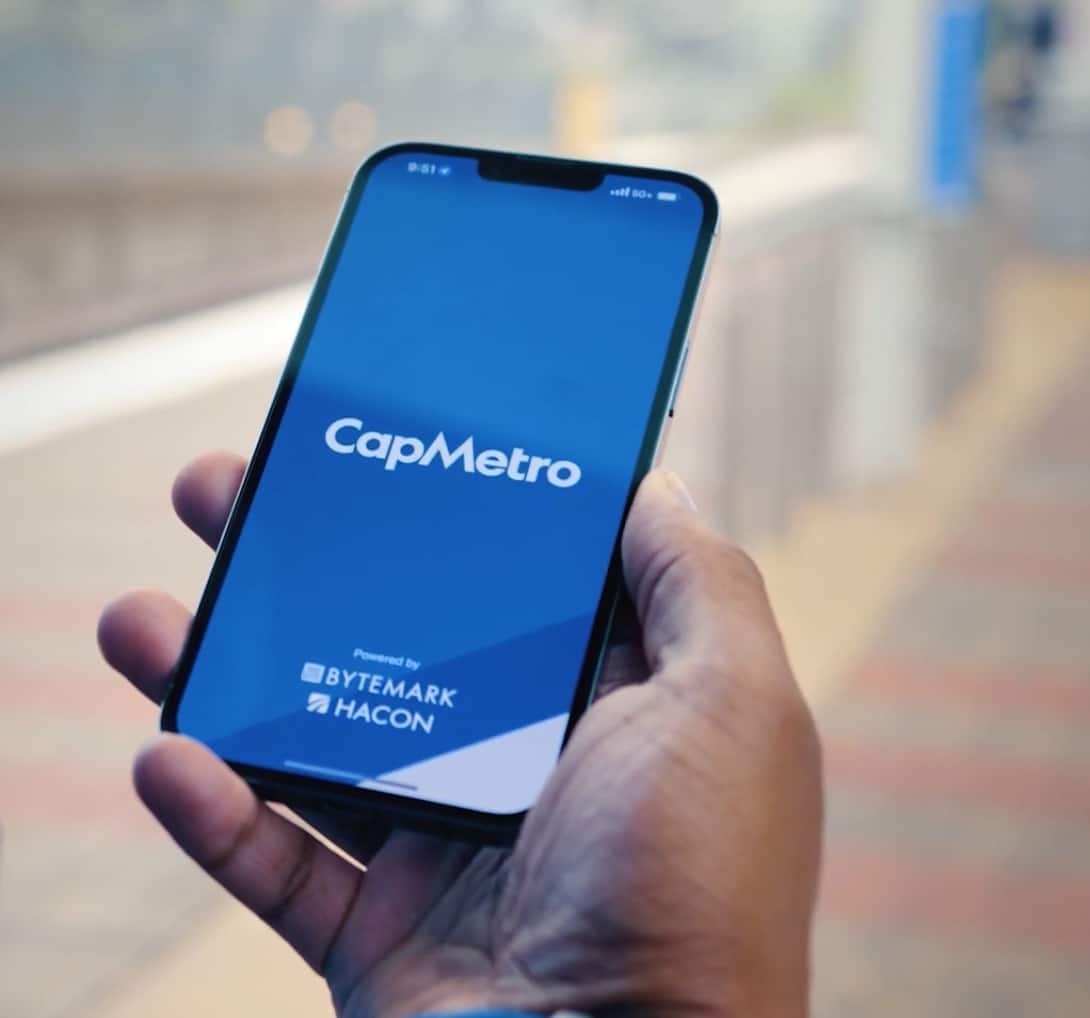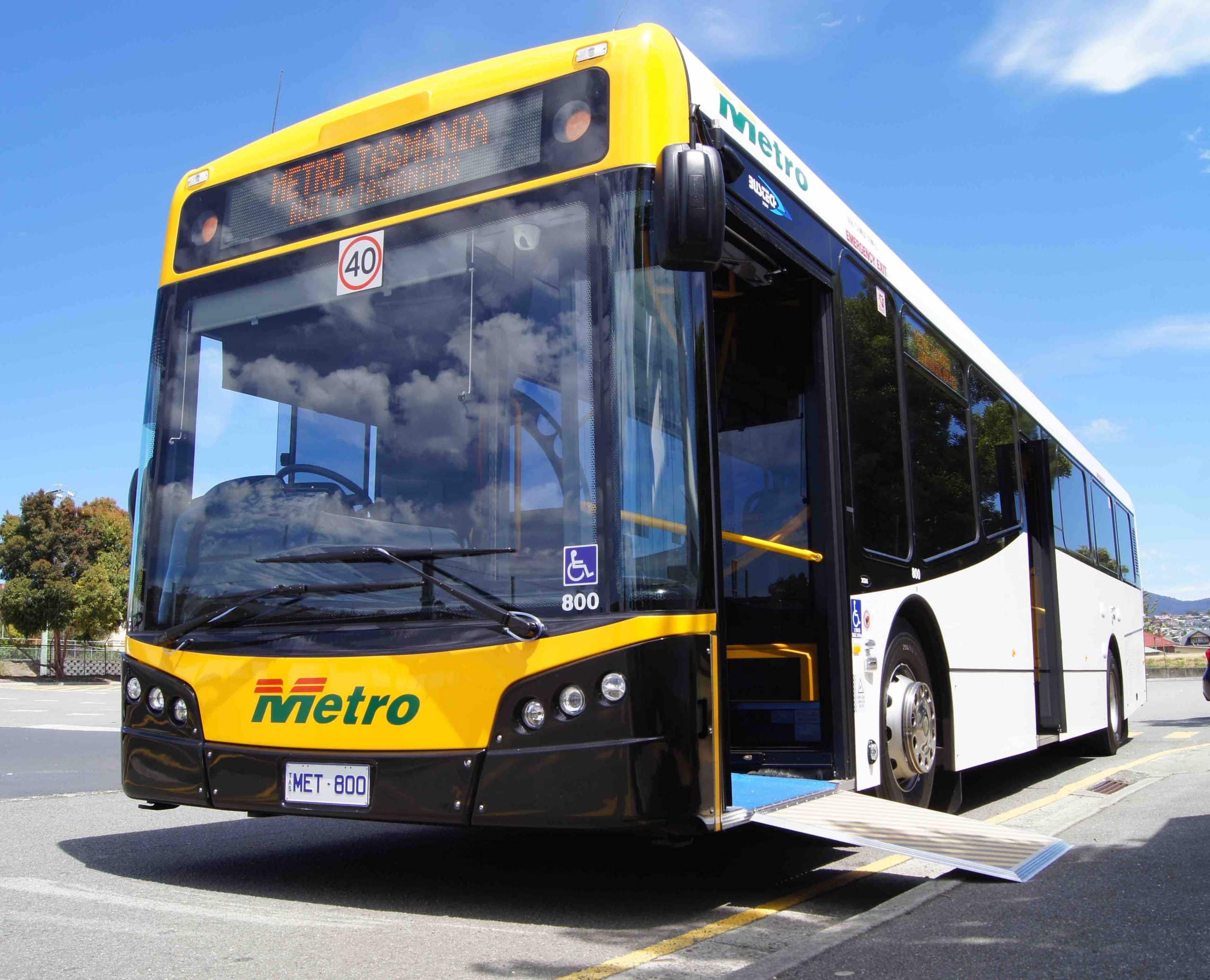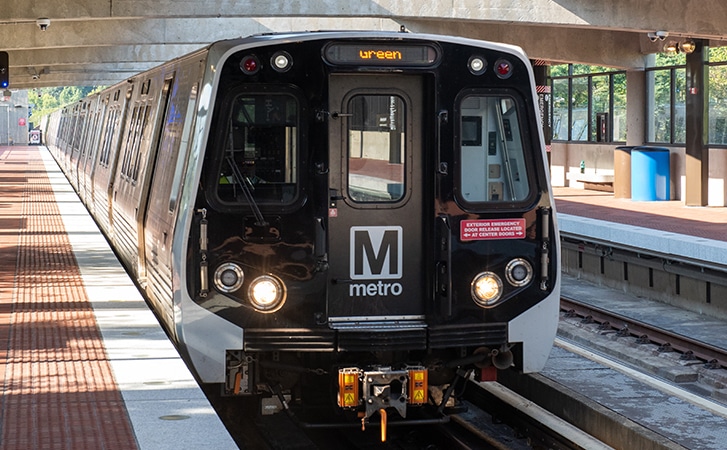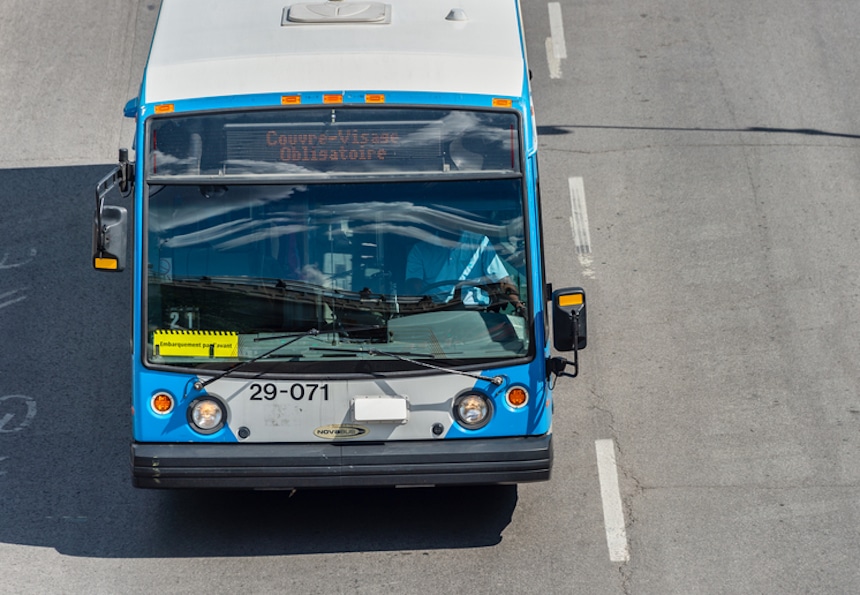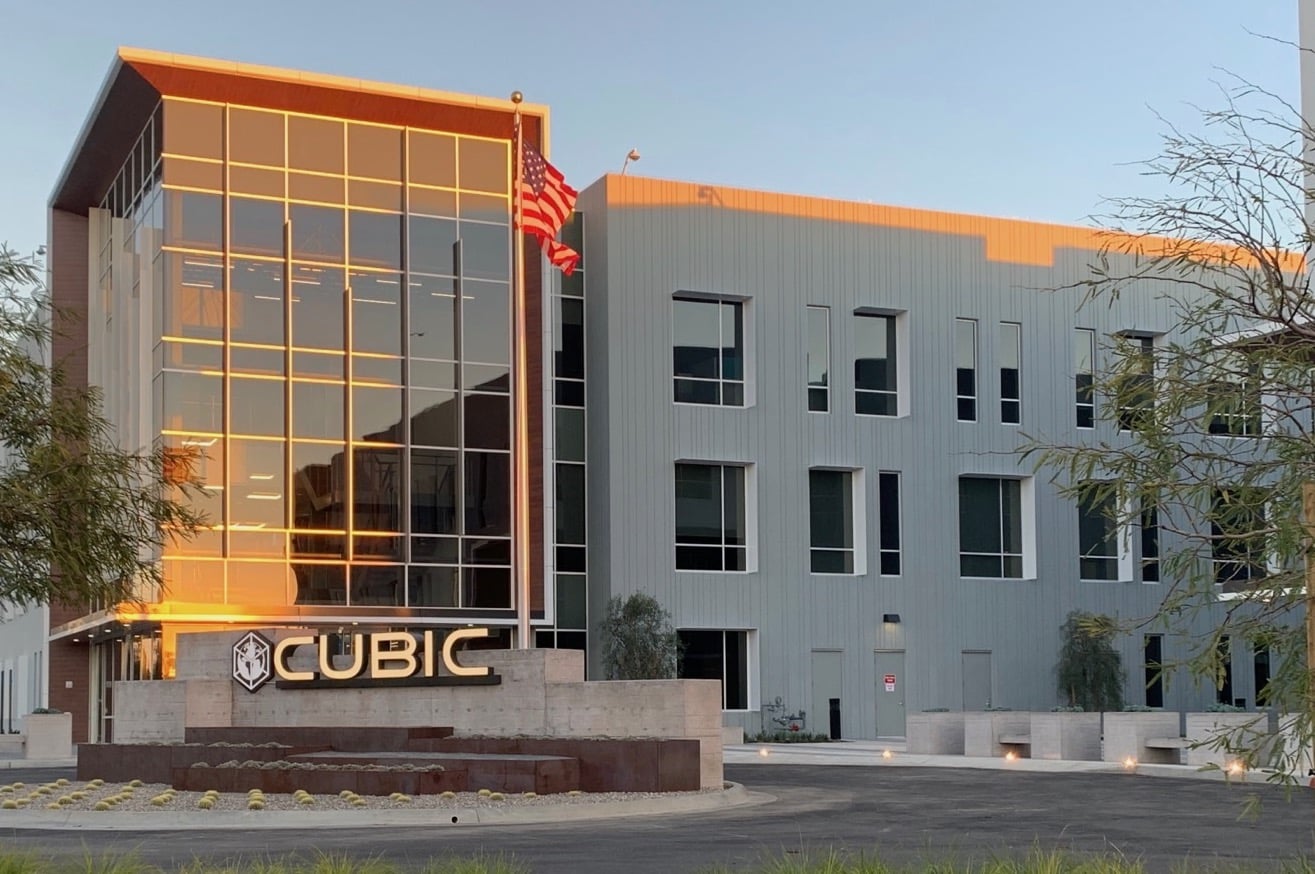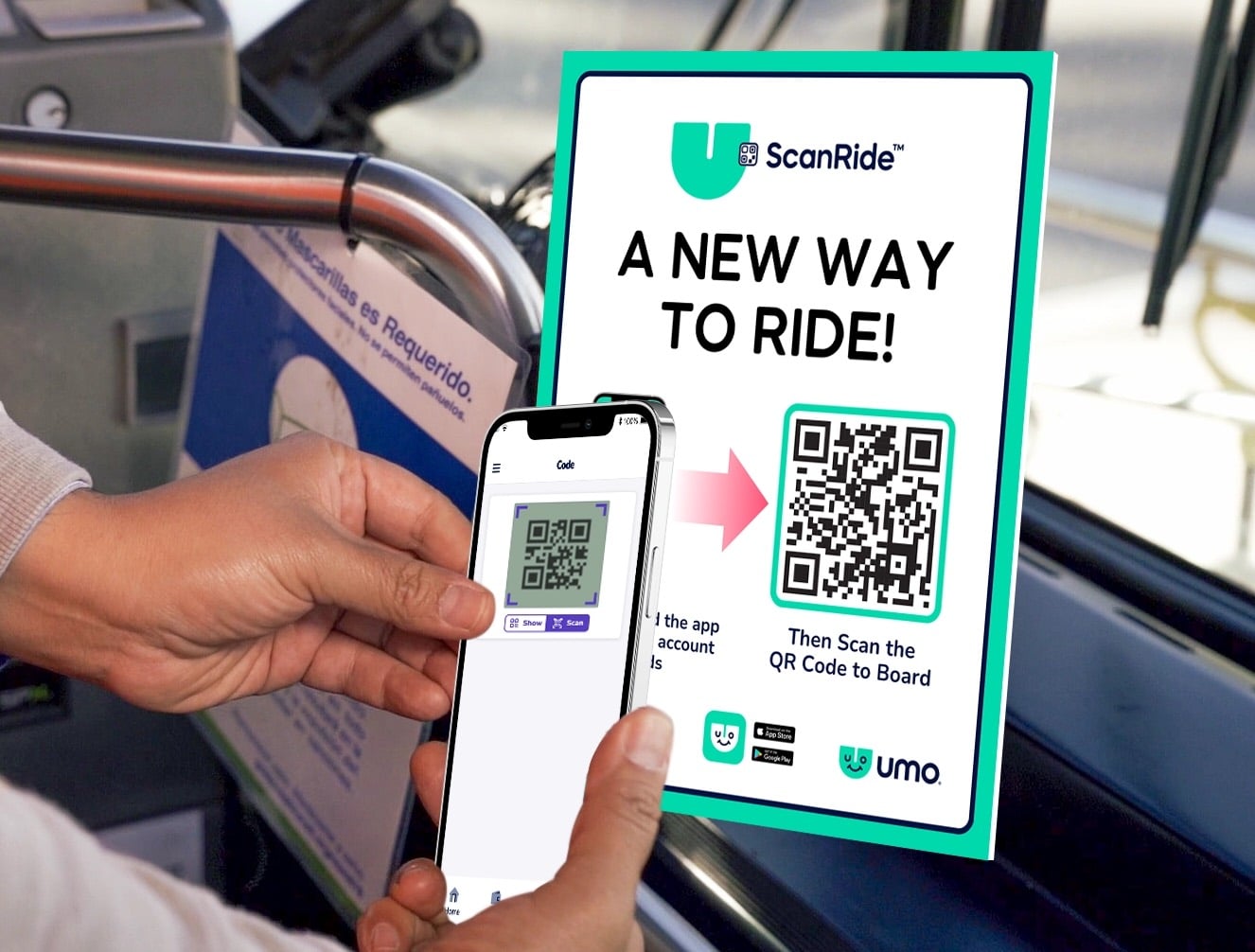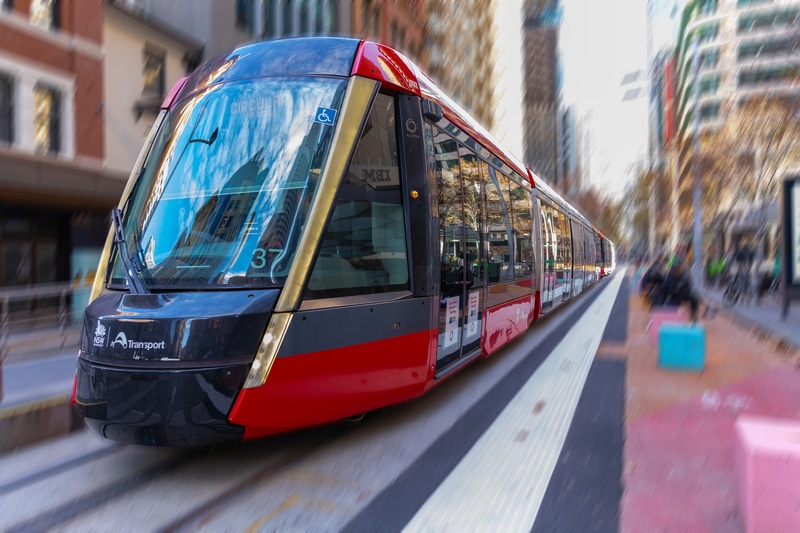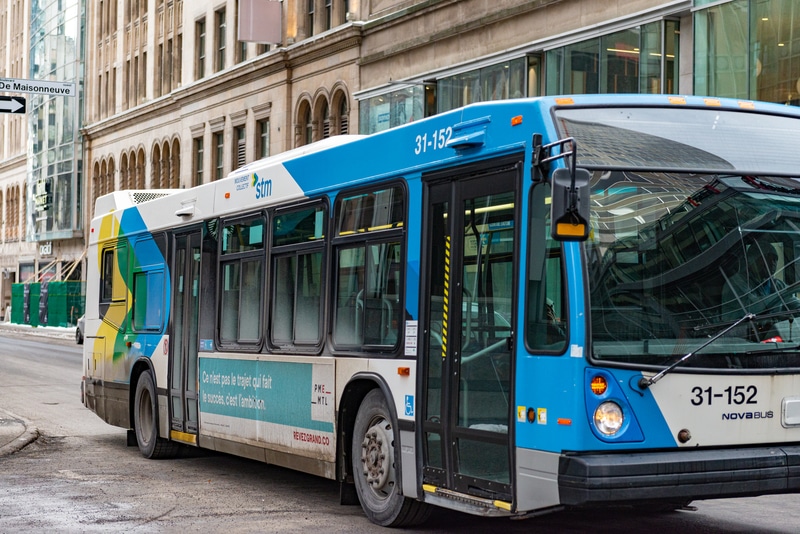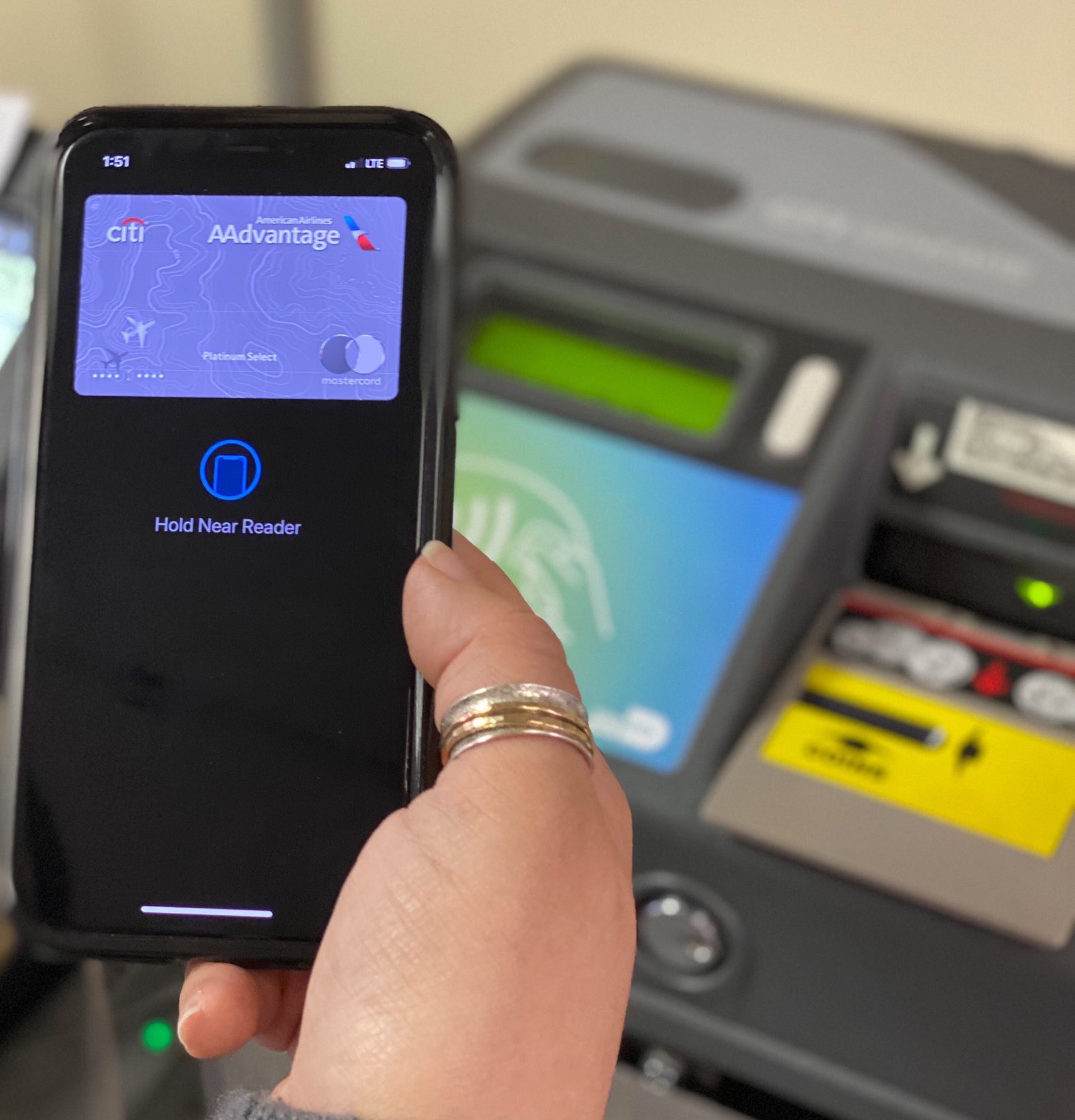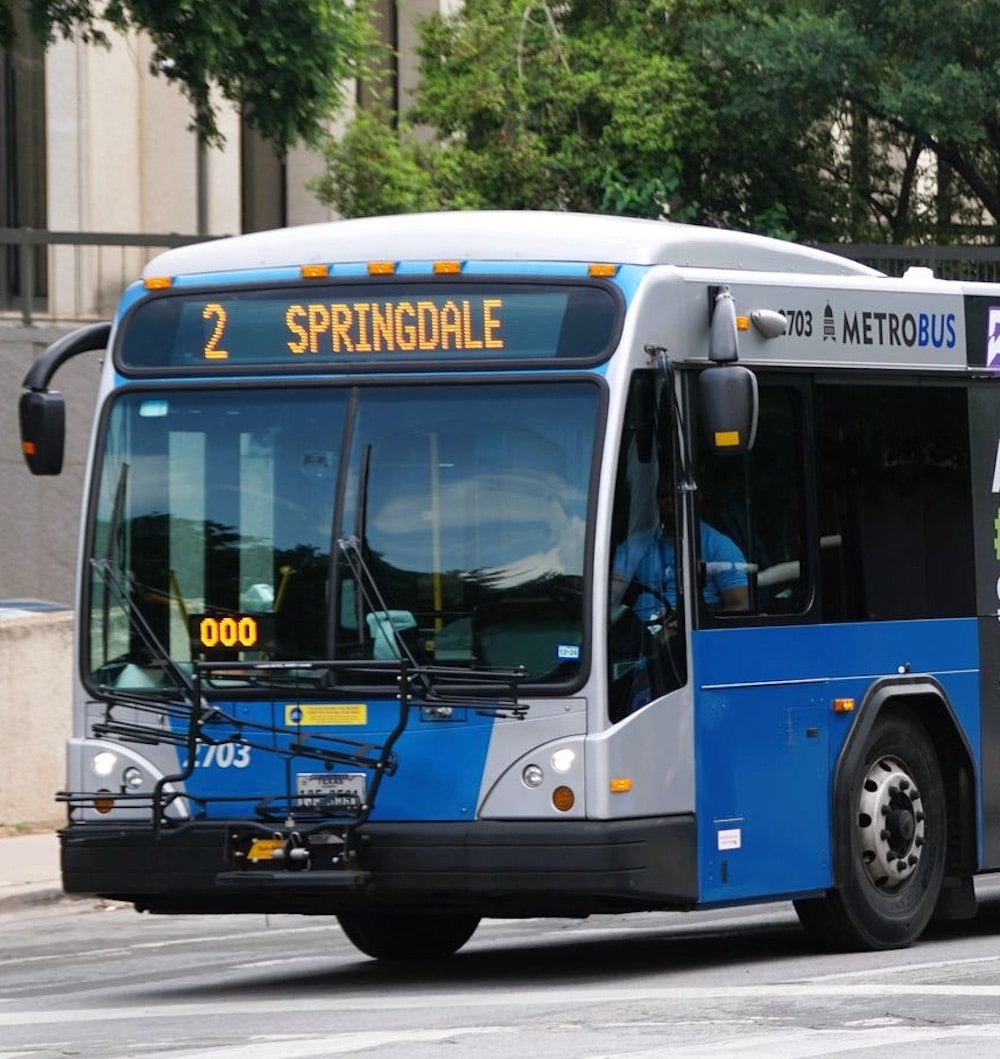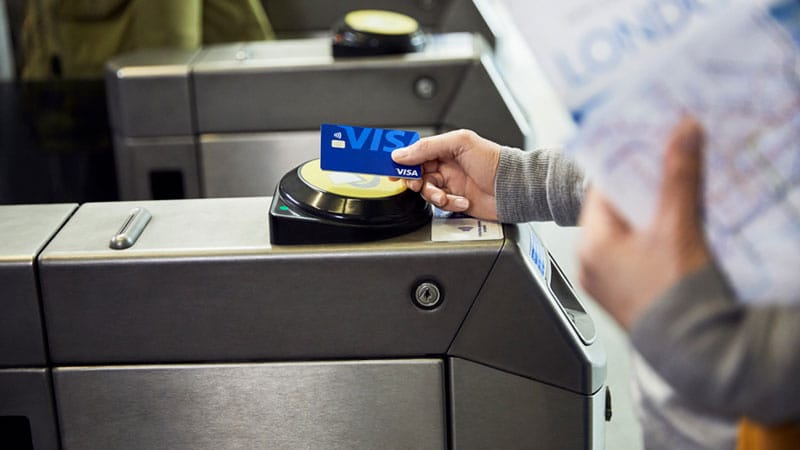
Article Highlights
Open-loop payments is perhaps the hottest fare-payments technology around today. But getting reliable estimates on just how large the open-loop footprint is has proved to be difficult. The giant payments scheme, Visa, says it’s been involved in more than 600 open-loop projects globally. Counting the projects is anything but clear-cut.
Visa saw public transit fare payments itself as the smallest of eight market opportunities for new acceptance segments for Visa payments. Public transit fare revenue, at an estimated $16 billion globally, followed well behind rent, tuition, sports betting, micromobility, even parking.
• Visa
• Mastercard
• TfL (London)
• MTA (New York)
• Delaine Buses
• Connexions buses
• Littlepay
Open-loop payments is perhaps the hottest fare-payments technology around today. But getting reliable estimates on just how large the open-loop footprint is has proved to be difficult.







